As a result of the country’s plentiful mountainous volcanic landscape, Japan is dotted with mineral-rich natural hot springs called onsen.
The island country boasts over 30,000 natural springs and over 3,000 onsen facilities. Just for a little comparison, the USA is also known for its hot springs, but it only has about 1,600 natural springs and 100 facilities.
The baths are a fundamental aspect of the Japanese culture and is a treasured pastime that’s been indulged in for thousands of years. For locals, visiting an onsen is as common as going to the gym for a weekly workout, some even designate their annual holidays to visiting onsen resorts across the country.
Needless to say, the Japanese take their onsens very seriously. Even though there are plenty of onsen choices to choose from, they all follow the same four rules:
1. The hot water comes from natural springs heated from the Earth’s interior
2. The water is warmer than 25°C or 77°F
3. It contains at least 1 of the 19 types of minerals. The most popular ones being sulphur, iron, alkaline and hydrogen
4. Guests are expected to follow onsen etiquettes. While the first three rules don’t really apply to visitors, the last one surely does. Seeing how rooted onsens are in Japanese culture, the last thing any visitor want to do is embarrass themselves, or worst, accidently insult another visitor. To ensure you have the most relaxing and enjoyable time, here’s what you need to know when visiting an onsen.
Know your choices
You may have noticed the terms sento and onsen used interchangeably to describe Japanese public bath houses. Don’t get it twisted that they’re one and the same! Simply put, onsen means hot spring and sento means a paid public bath. The water in an onsen is naturally warmed by the geological movements within the Earth’s interior and contains health benefitting minerals, while the water in a sento comes straight from the tap.
Now that we know which public bath house to look for, other factors to consider are price point and facility arrangements – if it’s outdoor, indoor and what type of amenities are included or for rent.
Getting Naked
Let’s get the one question everyone wants to know out of the way: Do I really have to get fully naked?!? Yes! Embrace your body and strip down to your birthday suit. And no, you definitely cannot wear a bathing suit. Agreeably, it’s completely awkward to get butt naked in front of strangers, but understand it’s just another Japanese custom. This practice is as inherent as eating with chopsticks or bowing to show respect in the Japanese culture. No one will judge or scrutinize you, let alone bat a single eyelash.
Before Soaking
Similar to a hot tub or Jacuzzi, the onsen is specifically for soaking and relaxing, not bathing. Before you jump in and let those muscles unknot, it’s crucial to prep and clean the body with a full shower. Don’t try to cut corners with a quick splash-and-go though, some guests won’t hesitate to ask you to re-shower properly.
At every onsen, there’s a shower area equipped with mirrors, hand-held shower heads, buckets and stools. Take a cue from the other ladies and shower sitting down, this way it’ll be easier to steady yourself and you won’t accidentally splash your neighbour. If you’re going to wash your hair, wash it flipped forward. Don’t make the same mistake I did, washing my hair behind me, down my back. Trust me when I tell you it’s mortifying having an old-timer tap you on the shoulder and gesture your wrong-doings in front of everyone, even if it’s done kindly!
After washing, make sure you and your station is completely rinsed of soap and hair. Tie your hair up, since letting it flow mermaid-style in the onsen is a big no-no.
Take the plunge
The moment you’ve been waiting for! Sink in, let your body soak up all that mineral goodness and allow those troublesome worries runaway. Just reserve the urge to dunk your head underwater too!
Human hair is considered dirty in Japanese culture. Immersing your head underwater, even after shampooing is a major faux-pas.
Most onsen will also provide a small hand towel for you to dry yourself when you exit the pool. However, you may notice there’s nowhere to actually stash the towel when you soak.
What to do? Having it flowing in the onsen would clearly be criminal offense. Locals will fold it neatly into a square and place it on top of their head. While that works just fine, I couldn’t help but add a bit more flare to mine. I’d twist and wrap it around my head like a headscarf. It kept runaway hair from the nape of my neck from touching the water and it looks way more stylish!
Getting out
After rinsing, feel free to take a post-soak rinse. The minerals can leave a residue on the skin, and a blast of cool water will energize your body right back up. If you’re not ready to leave yet, it’s also acceptable to take a cool rinse and hop back into the onsen.
Other things to consider
Tattoos
Not as strict as before, the attitude towards body ink is becoming more and more acceptable. In the past, tattoos have been considered as body mutilation, and is heavily associated with the country’s mafia, Yakuza.
Even if your tattoo has no criminal ties, some establishments may still prefer to have no associate with it and may kindly turn you away. Simple solutions would be to bandage it up, choose a smaller onsen facility or rent a private session.
Monthly visits from Aunt Flow
How relieving the warm, mineral water would be to soothe out those nasty cramps during that time of the month!
No matter how leak-proof or protective those adverts claim their sanitary products to be, resist those urges and choose another time to soak. It’s considered highly disrespectful to all the other guests.
Ready to soak? Here are some distinguishable onsens in Japan
Dōgo Onsen, Matsuyama
At over 3,000 years old, this is Japan’s oldest onsen. Located in Matsuyama, the facility is a landmark to both foreign and local tourists. Prepare for large crowds and even sell out sessions.The complex houses several baths, relaxing rooms and even have an onsen for the imperial family, which you can tour.
An added bonus for film fanatics, this three-story architecture beauty is also the inspiration for Studio Ghibli’s Academy Award Winning film, Spirited Away.
Jigokudani Onsen, Nagano
Ever seen pictures or videos of those cute, furry monkeys enjoying hot springs? This is where you can experience it with your own eyes! The Yamanouchi municipality in Nagano Prefecture has created a safe facility for Snow Monkeys to bath and soak freely, just like their human counterparts.
While you can’t soak in the same onsen as the primates, a quick look around town and you’ll find many onsen facilities dedicated for humans.
Ooedo Onsen Monogatari, Tokyo
Don’t have time to venture far from Tokyo? This onsen “theme park” is just a short metro ride away in Odaiba. Aside from having expansive onsen facilities – there’s over 13 varieties of baths! There’s also a full list of spa services available.
When you’re done relaxing, head over to the promenade where you can eat, shop and play the afternoon away.


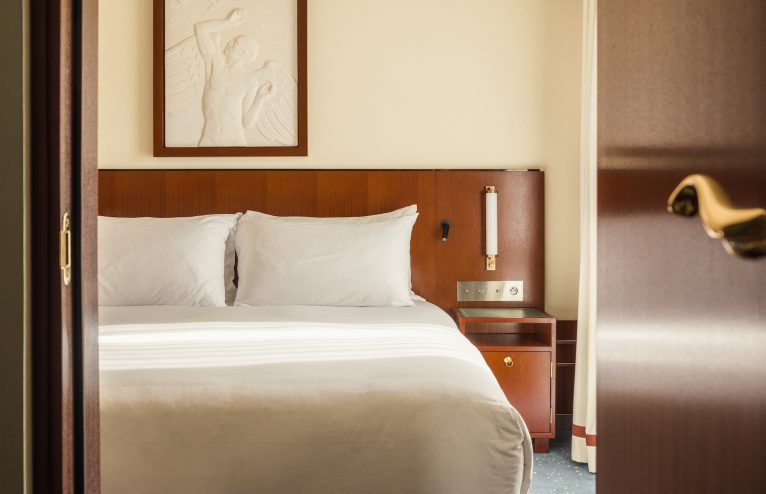
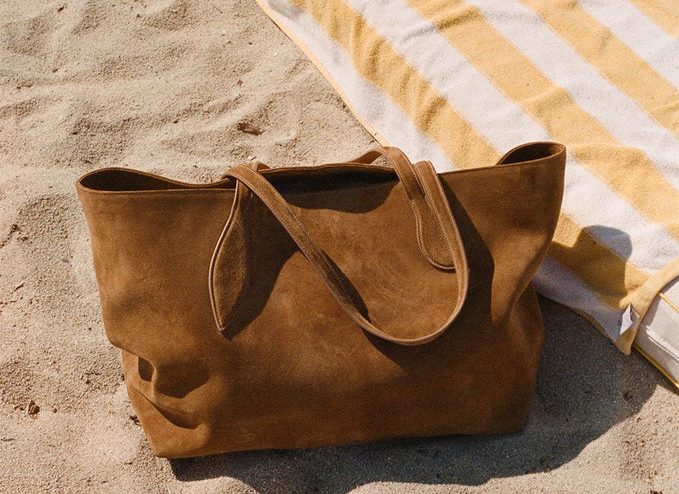


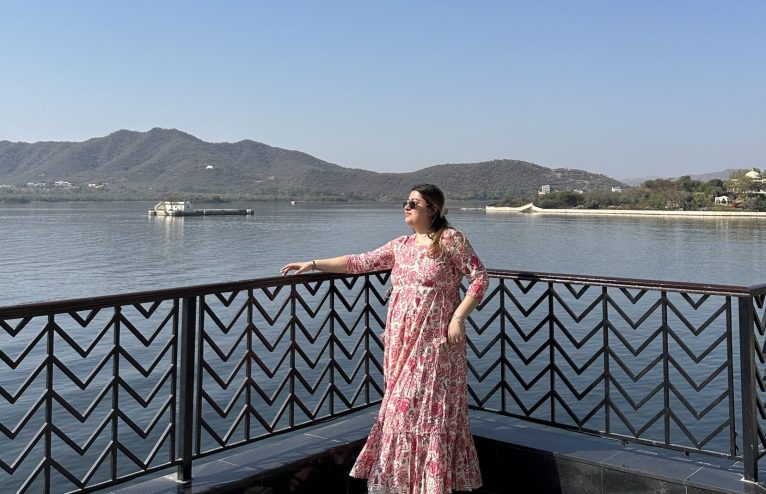
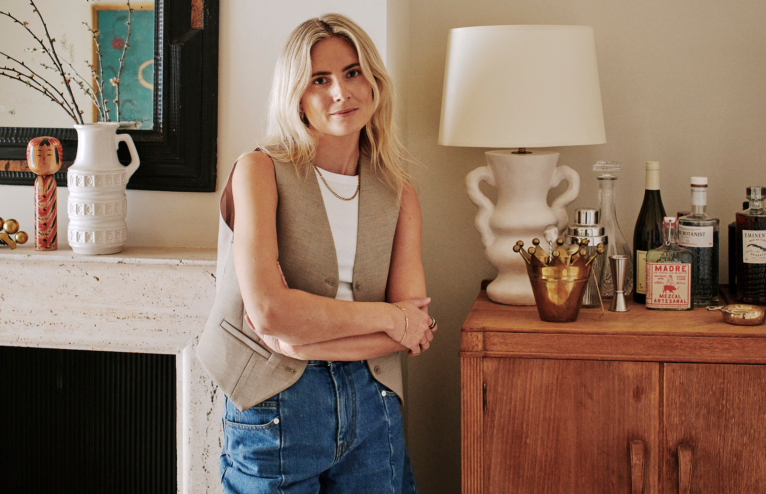
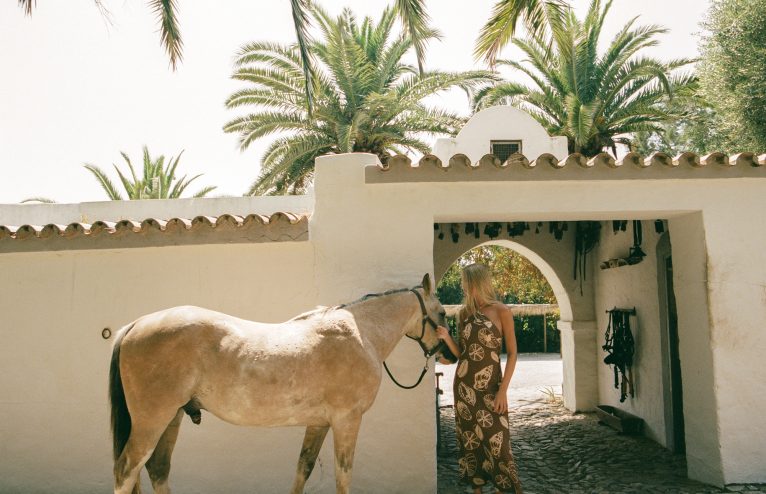
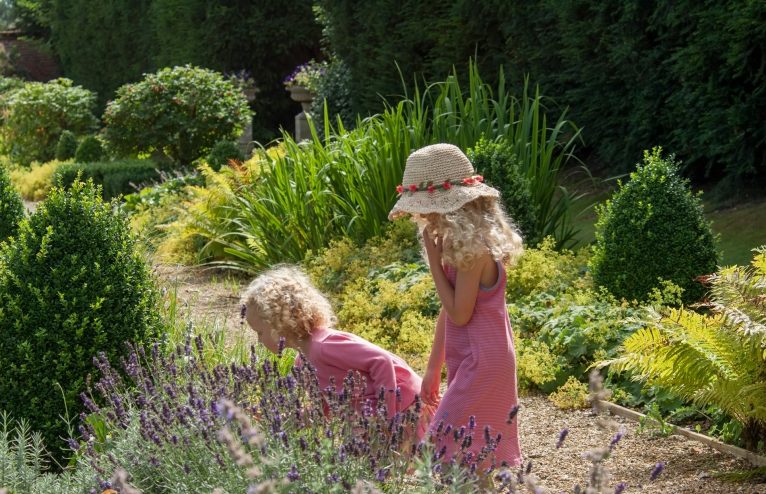
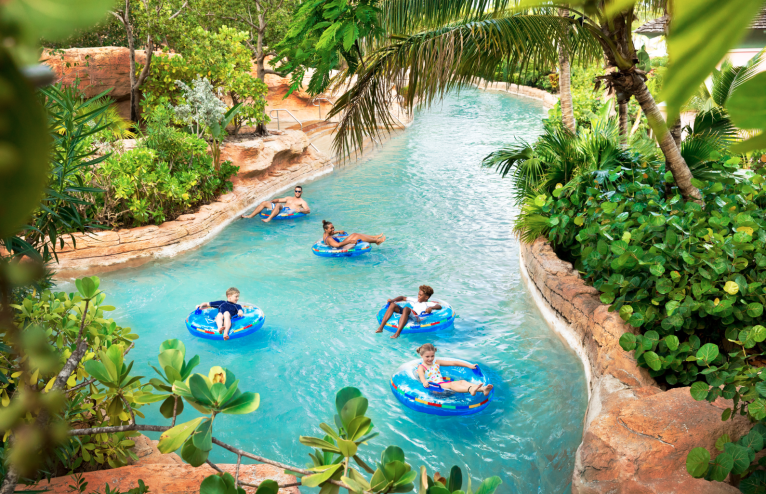





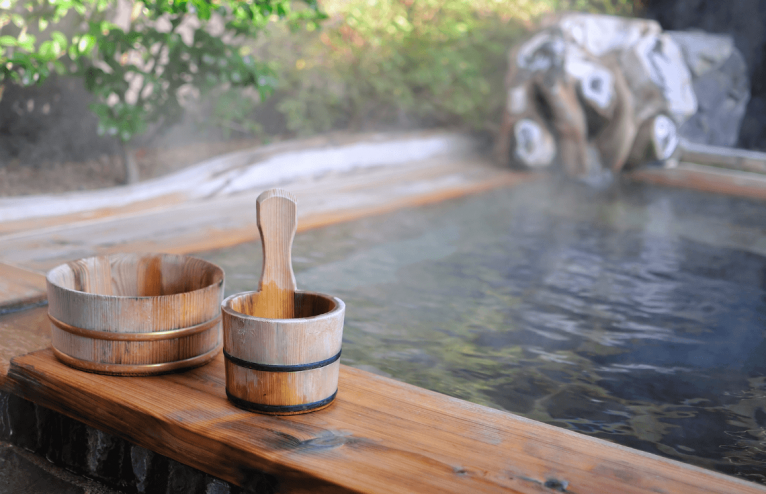
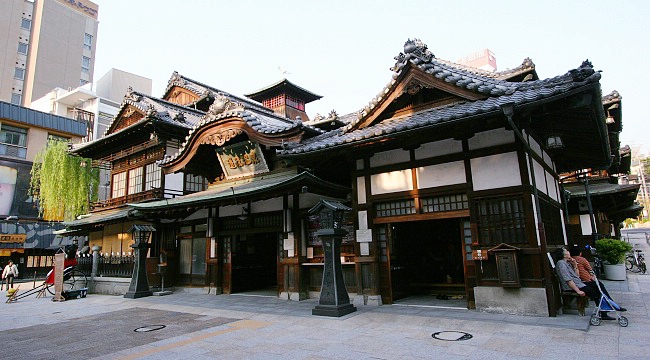
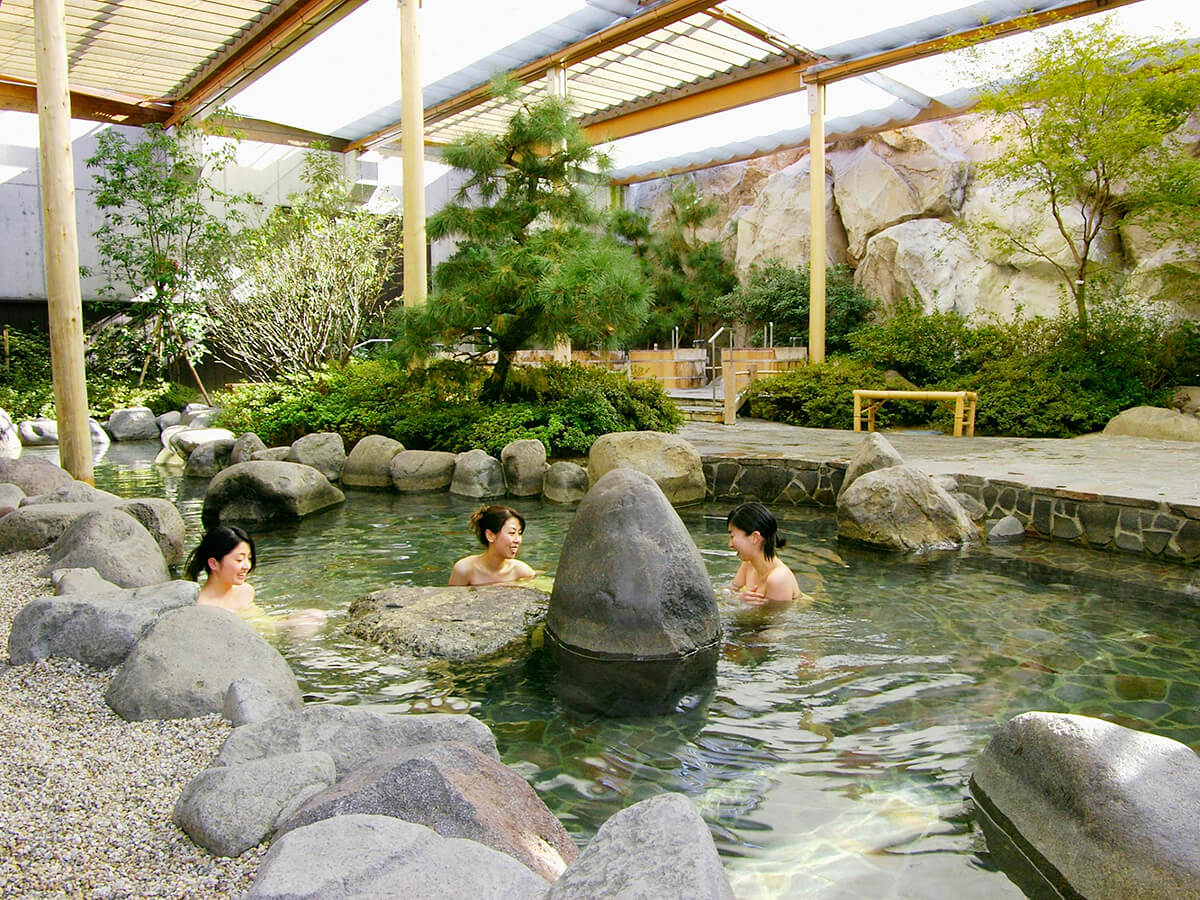
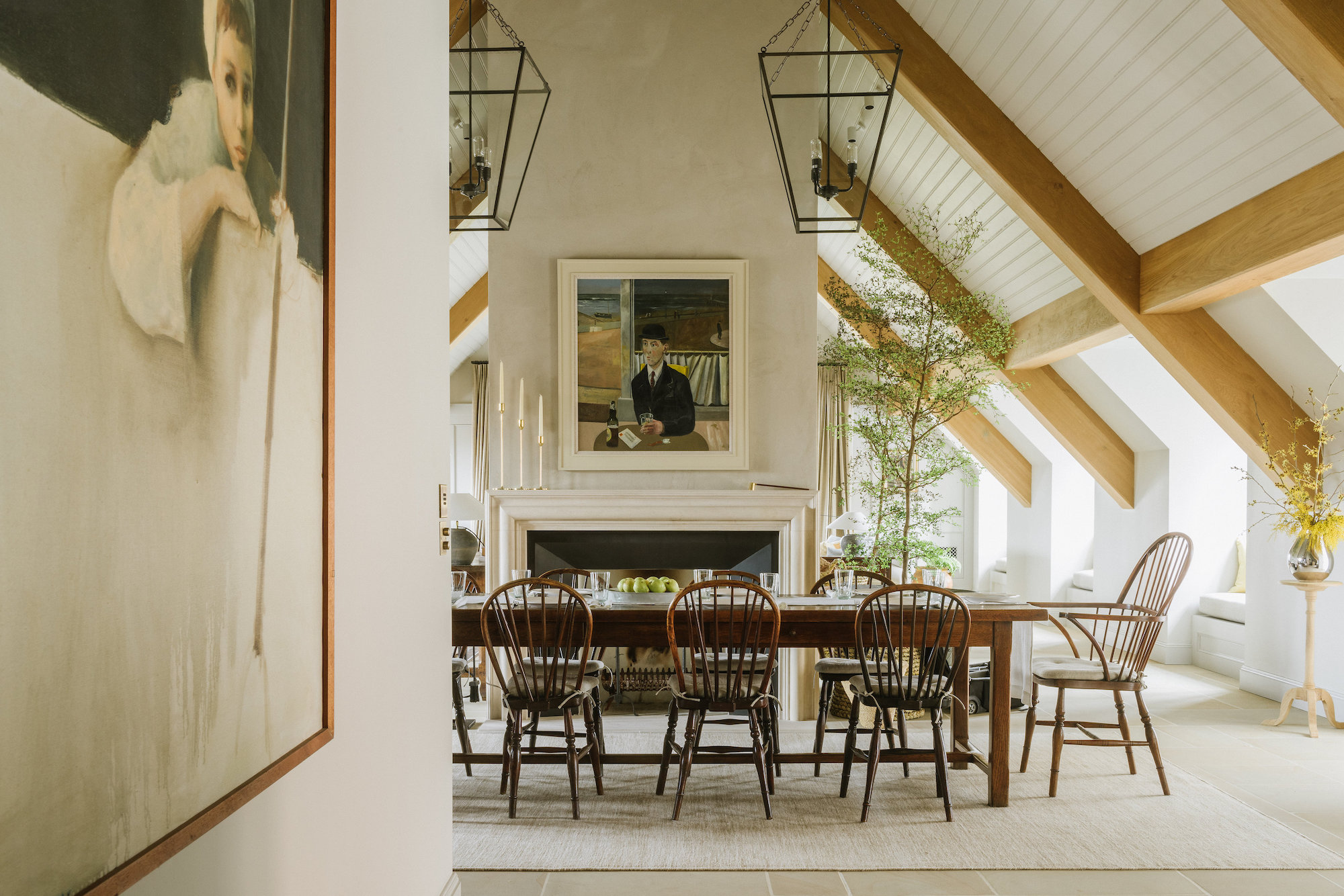
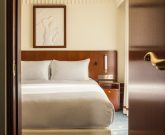
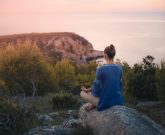
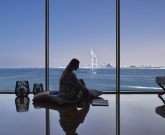
Any Questions or Tips to add?